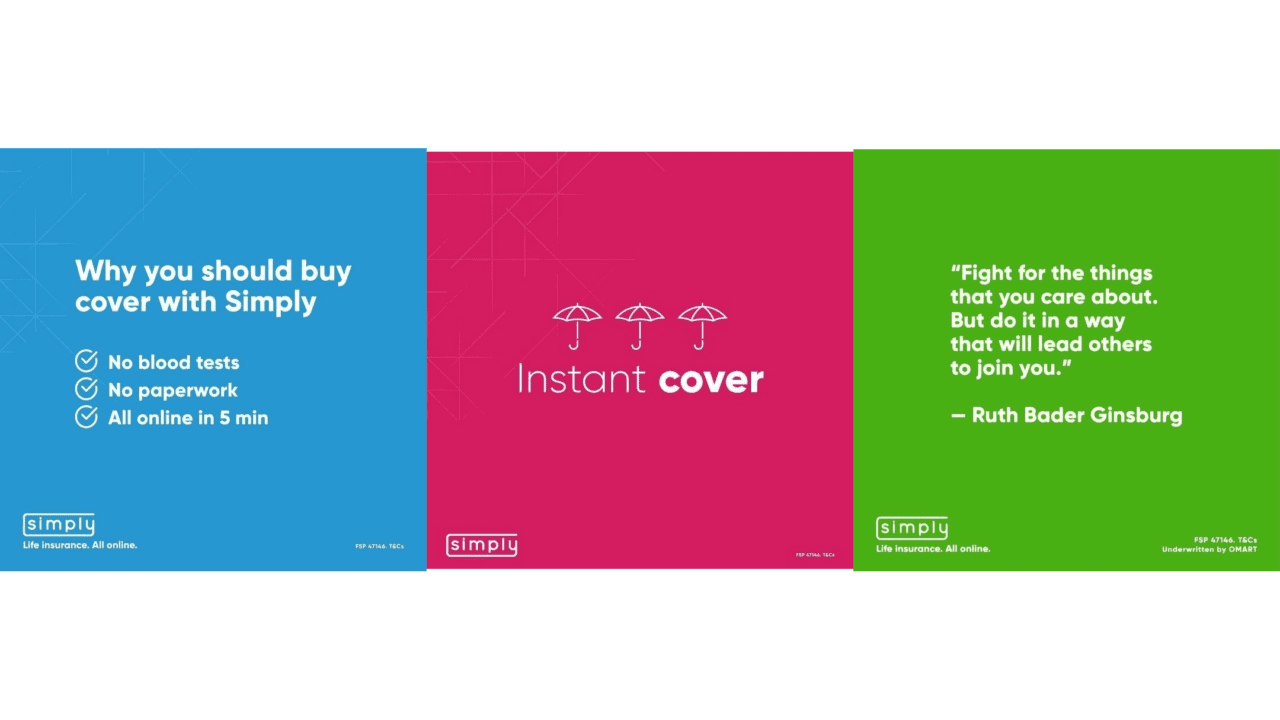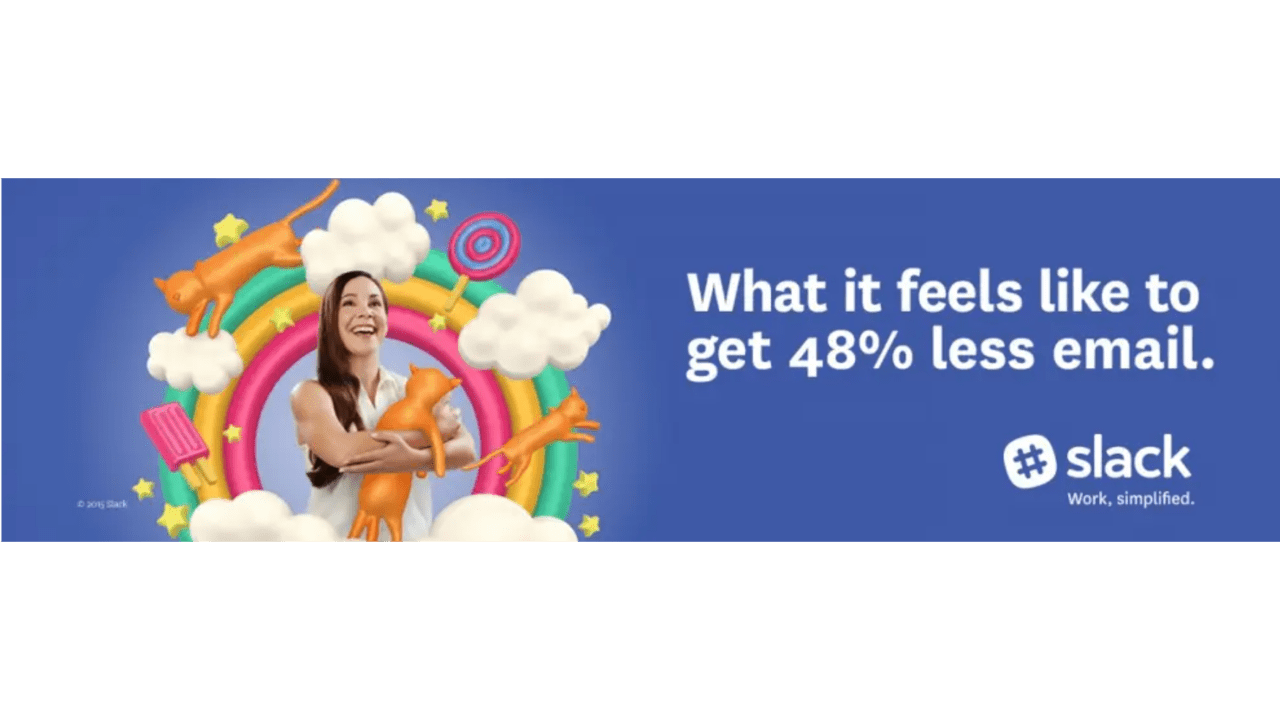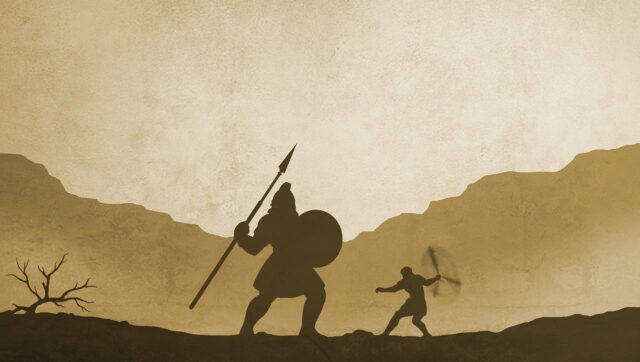Is your brand ready to take on the status quo? Are you on a mission to make the world a better place? Is your brand in a category all of its own? The answers to questions like these indicate which kind of positioning strategy you should take.
Many businesses want to present themselves as a challenger brand, taking on the market leader and becoming a force to be reckoned with. It’s often seen as a classic underdog story, David vs. Goliath, and that’s part of what makes a brand a challenger. However, “underdog” isn’t the only identity challenger brands can take on.
What Is a Challenger Brand?
The basic definition of a challenger brand was established by Adam Morgan in his 1999 book, Eating the Big Fish. The key concept is that it’s a brand that is not a market leader but has ambitions to become one, or at least a strong contender. These brands won’t settle for lingering in a small niche or drowning in a sea of similar products. With a unique identity, fresh perspective, and strong message appeal, they can emerge as leaders among larger brands with much bigger budgets.
Countless brands have followed the advice from the book, and it’s evolved through several editions over the years to keep up with the times. Morgan also released another book, Overthrow II, which divides challenger brands into ten types, recognizing that brands have different personalities and narratives that all fall under the challenger umbrella.
These positioning strategies apply to both B2B and B2C brands, but some are more applicable to B2C. For example, a B2B brand most likely wouldn’t want to be seen as a “Local Hero.” We’ve selected the seven types that are most suitable for B2B brands. Read on to find out which challenger positioning strategy best suits your brand.
#1 | Dramatic Disruptor
Summary: The Dramatic Disruptor makes waves from the start, taking on an entire category and creating a new, better one. Being a disruptor isn’t just being different from your competitors; it’s completely changing the rules and setting a new direction, one that others will want to follow if done correctly.
Strategic Narrative: The disruptor narrative is that the current way of doing things is broken. It’s not meeting buyers’ needs, and the disruptor has a better way to offer. The new way provides not only a fresh perspective but an entirely different model, although it’s solving the same problem as competitors.
Example: Salesforce
More than 20 years ago, Salesforce went on the offensive against CRM leader Siebel with its “End of Software” campaign. It staged a mock protest at Siebel’s annual conference and publicly challenged the concept that businesses had to physically purchase and install software. The campaign attracted massive media attention and companies rapidly got onboard with the idea. Now Salesforce has become a market leader of the SaaS category it created.
Does it fit your brand? It’s common for startups to claim to be disruptors, but it takes more than a disruptive idea to succeed; you also need a disruptive campaign plan. If your product or service can attack a category leader by offering a totally new method, the disruptor path may be the way to go.
#2 | Missionary
Summary: The Missionary is driven by a sense of purpose to be a force for good in the world. Unlike all the other soulless corporations, this business puts its heart into its vision, and that’s what sets it apart.
Strategic Narrative: The purpose is the center of this business’s strategic narrative, the priority in everything that it does. What it does is not as important as why it does it. The business isn’t just about making money but aims to right a wrong or solve an important problem. It’s not necessarily focused on an ethical issue, but the founder genuinely believes the product or service will make lives better or easier.
Example: Northvolt (“Make Oil History”)
Often, Missionary brands are associated with B2C companies like TOMS or Patagonia, but B2B brands can also build their message around positive impact. Swedish electronic vehicle battery producer Northvolt aims to “Make oil history” and it spreads this message with mass appeal using impactful videos. It also uses B2C tactics to attract and retain the top talent it needs for its ambitious goals with its Mixtapes video series and events like Voltchella.
Does it fit your brand? Are you a purpose-driven brand? Don’t confuse this with having a brand purpose or goal, which all successful businesses need. If your brand is completely centered around a cause that’s near and dear to you, and you’re passionate about sharing it with the world, this strategy may be a good fit.
#3 | Irreverent Maverick
Summary: The Irreverent Maverick’s signature quality is its brand voice. It uses humor or a controversial take to catch buyers off guard and capture their attention. This tactic is more often used by B2C brands, but B2B brands can benefit from using this strategy as well.
Strategic Narrative: This strategy is used to shock buyers out of their complacency. It often pokes fun at the status quo or at the market leader. The tone and tactics are entertaining, so people listen to the message, which rings true. It’s conveyed in a straightforward, edgy manner without any of the cliche buzzwords.
Example: Zendesk
Customer service software Zendesk cuts through the buzzwords and shows that it understands the real-life frustrations of customer service representatives. It uses entertaining videos like WTF is Zendesk?, “Sh*t Support Agents Say” and music mockumentary “Zendesk Alternative.” This fresh approach appeals to an audience of young professionals.
Does it fit your brand? This strategy comes with risk as you don’t want to come across as unprofessional. If you already have an established brand voice with a serious tone, this wouldn’t be the way to go. It works best if your audience is relatively young and doesn’t take themselves too seriously.
#4 | Enlightened Zagger
Summary: The Enlightened Zagger challenges the status quo, taking a stand against the message everyone else is pushing. This differs somewhat from the disruptor because they’re not necessarily trying to overturn an entire category, but aiming to show that it pays to go against the flow sometimes.
Strategic Narrative: This strategy goes against both “the way we’ve always done things” and the latest bandwagon trends. These brands are not afraid to lead with an uncommon message and present a vision of how things can be different. While it may solve the same problem as others, it does it better and in a different way.
Example: Simply
In the paperwork and phone call-oriented business of insurance, South African company Simply takes the whole process online and makes it possible for businesses to purchase insurance for their employees in just a few minutes and integrate with HR software. It campaigns on its simplicity and offers helpful advice to small businesses showing that it understands their needs. With its refreshing approach, Simply has taken on much bigger providers and has been recognized by EatBigFish as an exemplary Enlightened Zagger.

Does it fit your brand? This works well for products or services that have clear differentiators from the competition in their category. If your company is taking a new direction, more than just offering new features, this is a way to break out as a leader.
#5 | Next Generation
Summary: A Next Generation brand is future-focused, offering a solution that addresses the problems of the modern world. There is some overlap with the Disruptor and Enlightened Zagger, but the difference is specifically highlighting the timely relevance of the solution.
Strategic Narrative: In this narrative, competitors are presented as outdated and unready for upcoming changes. The next generation brand has a novel solution that uses the latest technology to overcome challenges. If buyers don’t get on board, they’ll be left behind in the old world.
Example: Avontus
Avontus, a scaffolding software provider, took on the status quo of traditional pen and paper design with Avontus Designer. To demonstrate that the software was the way of the future, it launched a social media contest for customers to showcase their Avontus designs. The #BeatMyScaffold contest boosted engagement, getting scaffolders excited about their peers’ innovative designs and considering new possibilities.
Does it fit your brand? This strategy works best for businesses on the cutting edge of technology or those in an industry that traditionally relied on more manual processes and is just now starting to implement new technologies. It’s important to be able to back up your claims against your competitors’ offerings.
#6 | Real and Human
Summary: The Real and Human brand has a personalized feel. It demonstrates empathy with buyers, showing that it understands the problems real people face on a daily basis. It’s not a faceless corporation but is made up of individuals, just like its customers.
Strategic Narrative: A Real and Human brand meets buyers where they are, listening to their concerns and addressing them. It picks up on popular trends and leans into those to better relate with its audience. And above all, it aims to be a brand that cares.
Example: MailChimp
MailChimp recognized that even in the B2B space, we’re speaking to humans who are both rational and emotional. They don’t just want a product with all the right specifications; they want to be heard and understood. MailChimp’s campaigns showed it heard its customers, for example, by sharing moving stories about entrepreneurs’ journeys.
Does it fit your brand? Nearly any brand can benefit from taking a more caring, personalized approach. This strategy works especially well for those targeting smaller businesses as they tend to feel overlooked by big corporations.
#7 | Feisty Underdog
Summary: This is the classic David vs. Goliath position, a small underdog company taking on a giant corporation. This type of brand aims to gain support by taking on the established market leader.
Strategic Narrative: The center of this brand’s story is its underdog role, for example, a self-made founder who built the company from the ground and took on major corporations. Even though it has fewer resources, it dares to aim higher and make its new ideas heard. Everyone loves to root for the underdog, and that’s what gives this brand greater appeal.
Example: Slack
Slack, the now nearly ubiquitous work communication platform, started from a failed video game in 2013. The team created the tool for internal use to collaborate on the game, but when the game didn’t take off, they pivoted to market Slack instead, pitting it against email. It was predicted to quickly be swallowed up by larger players, but it captured the attention of the masses and instead became a strong contender itself.

Does it fit your brand? This won’t suit large, established companies that are doing a rebrand. This best fits newer, relatively small companies with big ambitions. And of course, while the underdog story helps, you need to have a standout product that truly can compete with the market leaders.
Which Type of Challenger Are You?
Have you decided which challenger positioning strategy best suits your business? For more inspiration, check out our article on five challenger brands you can learn from.
And if you’re ready to start planning your challenger brand strategy, contact us for a free consultation.



